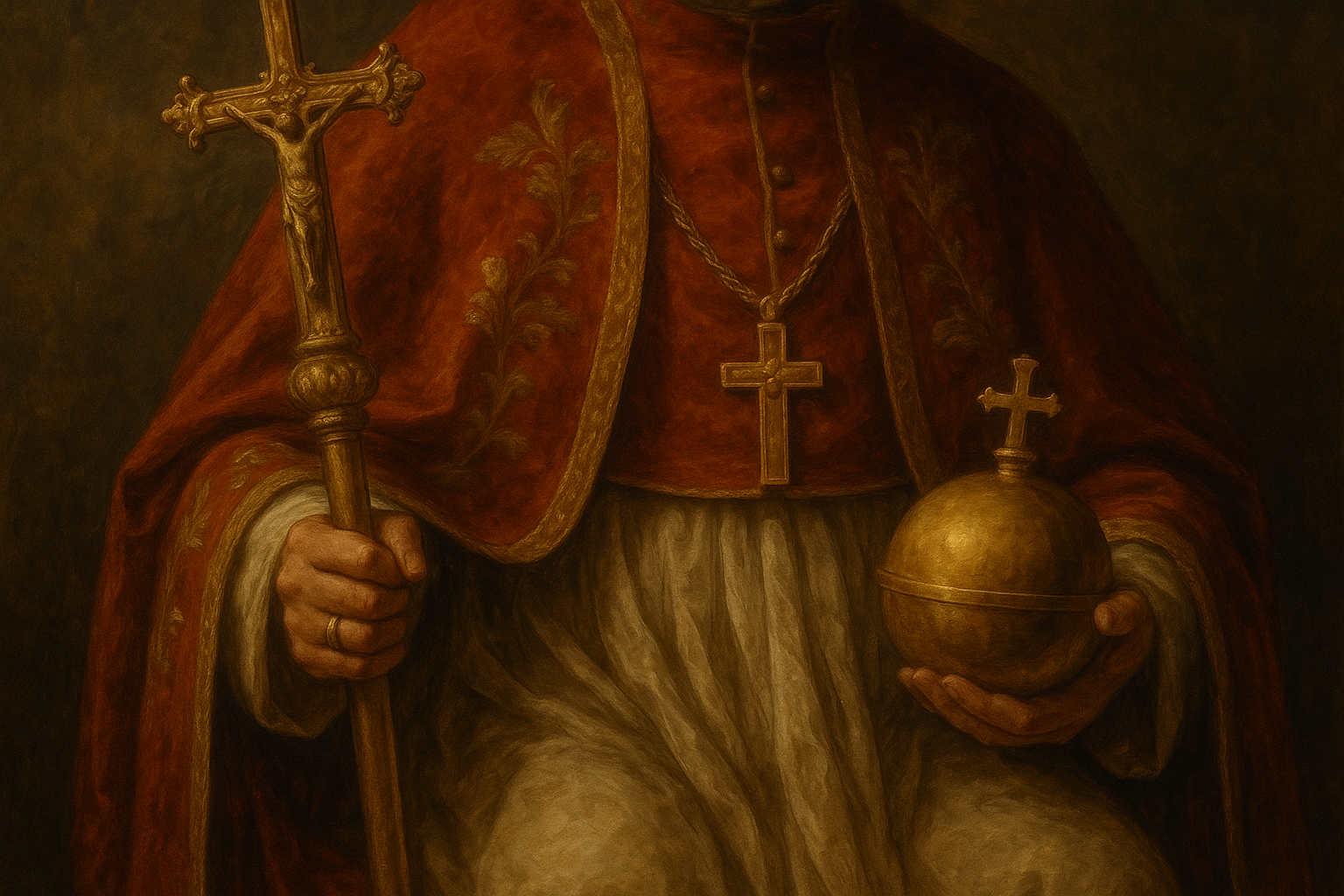Veni Creator Spiritus
Phrase uttered by cardinals in Conclave to evoke the Holy Spirit.
Conclave is now a world-renowned event: when the Catholic Church must elect a new pope, cardinals from every continent gather under the frescoes of the Sistine Chapel in a silence as old as Christianity. But how did this rite come about? And how has it been transformed over the centuries?
The history of the conclave is also the history of the struggles for the spiritual autonomy of the Church, the tension between secular power and religious authority, and the desire-reiterated over the centuries-to entrust the election of the pontiff to a protected, meditated and spiritually grounded process.
In this article we will trace the evolution of the conclave, from its conception in the heart of the Middle Ages to its modern form, seeking to understand how such an ancient rite has managed to remain remarkably relevant today.

The Medieval Context: When and Why the Conclave Was Born
During the early centuries of Christianity, the election of the bishop of Rome-the pope-was done with the consent of the clergy and the people, in local and loosely formalized ways. However, as the Church's temporal power grew and the papacy established itself as a central institution, election gradually became a more complex affair, often influenced by Roman aristocracies, emperors and European monarchs.
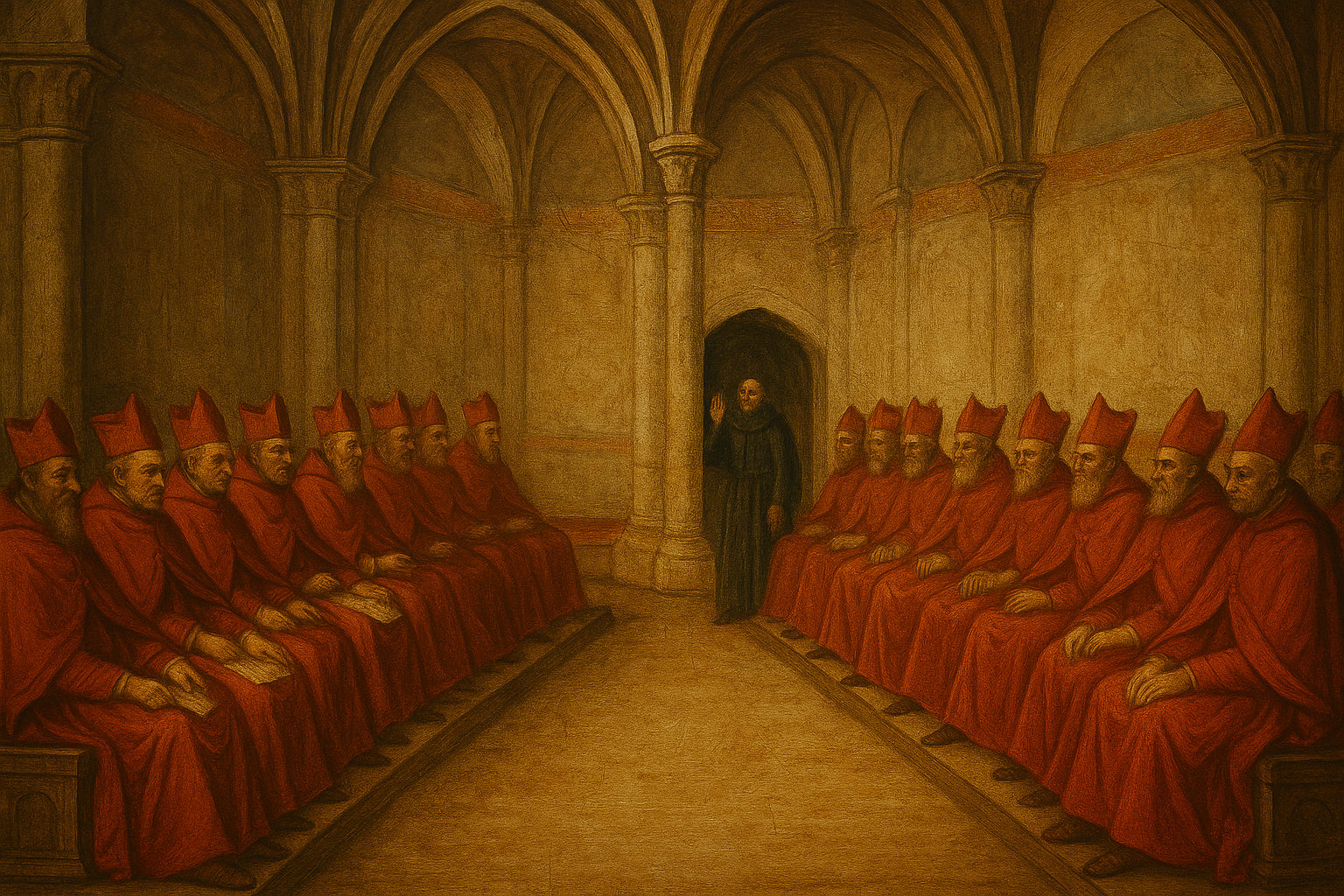
Before the codification of the conclave, papal election was often a chaotic and influential process. It was not uncommon for Holy Roman Emperors, such as Otto I or Henry III, to appoint popes directly, bypassing all forms of ecclesiastical consultation. Roman noble families, such as the Crescenzi or Tuscolani, exerted similar influence, triggering power struggles that undermined the credibility of the institution. This climate of tension made it increasingly urgent to introduce rules capable of protecting the election of the pontiff from external pressures and dynastic conflicts.
The breaking point was the conclave of Viterbo (1268-1271). After the death of Pope Clement IV, the cardinals gathered to elect a new pontiff. But internal divisions, fueled by French, Italian and imperial interests, blocked any possibility of agreement for nearly three years. The citizens of Viterbo, exasperated by the wait and unrest, physically locked the cardinals in the papal palace, reducing their food and depriving them of their roofs to force them to make a decision.
Eventually, a cardinal not present at the conclave was elected: Tebaldo Visconti, then in the Holy Land as papal legate, who took the name Gregory X.
The Conclave of Viterbo was the longest in History as it lasted for more than 1,000 days
The Long Road to the Modern Form: Ubi Periculum and Subsequent Reforms
Deeply affected by what happened in Viterbo, Pope Gregory X promoted at the Council of Lyon II (1274) the first real regulation of conclave, through the bull Ubi Periculum (“Where there is danger”), still considered the mother of conclavistic rules. The cloistered obligation-which prevented cardinals from leaving the conclave site until the election-was also of spiritual value: to insulate voters from the noise of the world to encourage discernment. The severity of the rules struck many contemporaries, but it became a model of reference, so much so that it was also recalled in later centuries by popes such as Pius IV and Gregory XV.
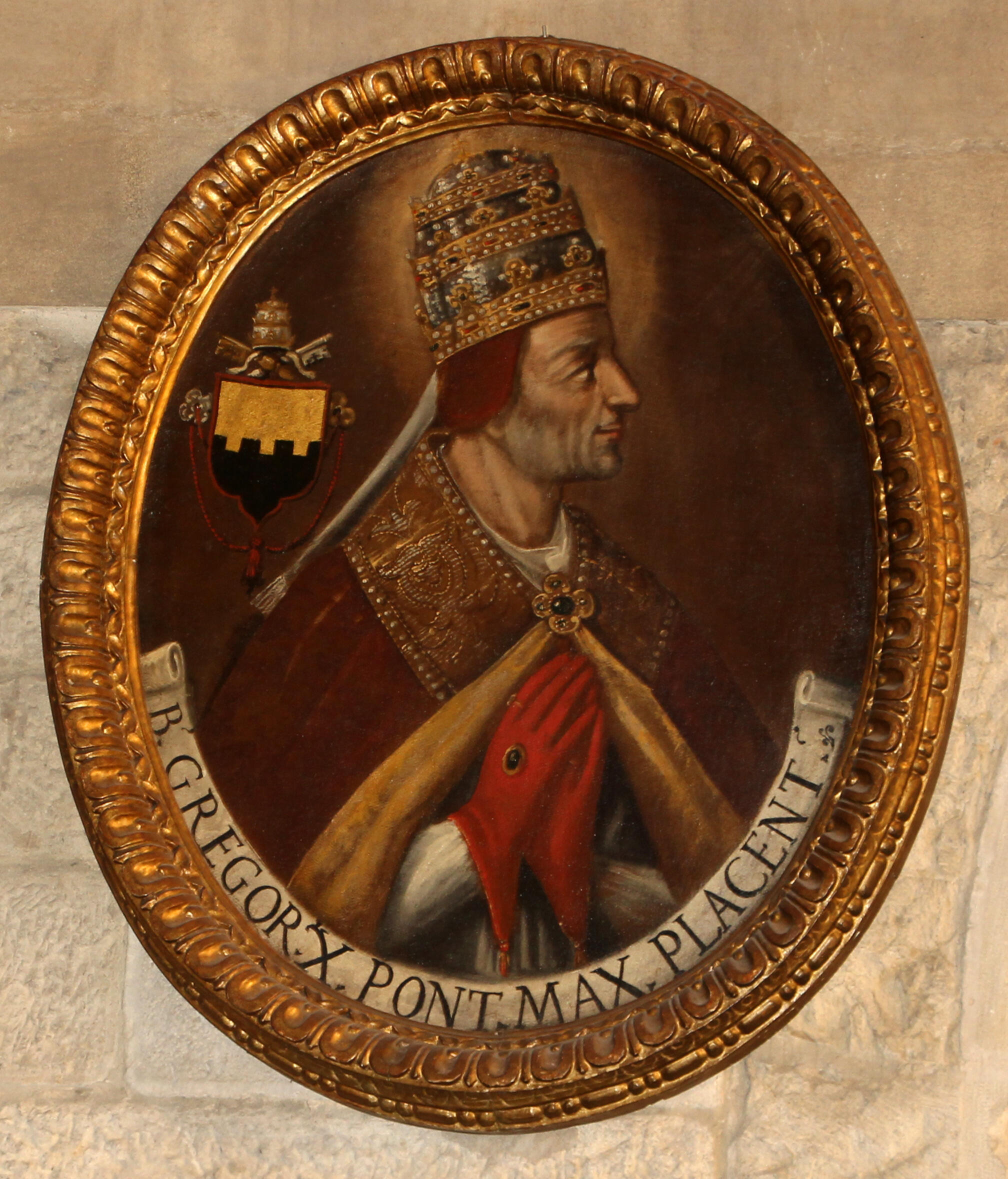
The regulations introduced had a twofold objective:
- Speed up the elective process, discouraging cardinals from procrastinating for personal or sectarian advantage
- To guarantee the Church's independence from external pressures (political and military)
These rules, while undergoing suspensions and modifications in later centuries (especially in the Renaissance period), laid the foundation for the current conclave. Other popes, including Boniface VIII, Pius IV, and Gregory XV, helped to refine the procedural rules, culminating in codification in Canon Law and modern apostolic constitutions.
Between Intrigue, Power and Spirituality: Conclaves Between the Renaissance and Contemporary Times
With the Renaissance, papal election became fully embedded in the political dynamics of the time. Roman noble families (Colonna, Orsini, Farnese), European kingdoms (especially France and Spain) and even emperors such as Charles V exerted a strong influence on the election. The conclave also became a political arena, where alliances, secret negotiations, and cardinal ropes were the order of the day.
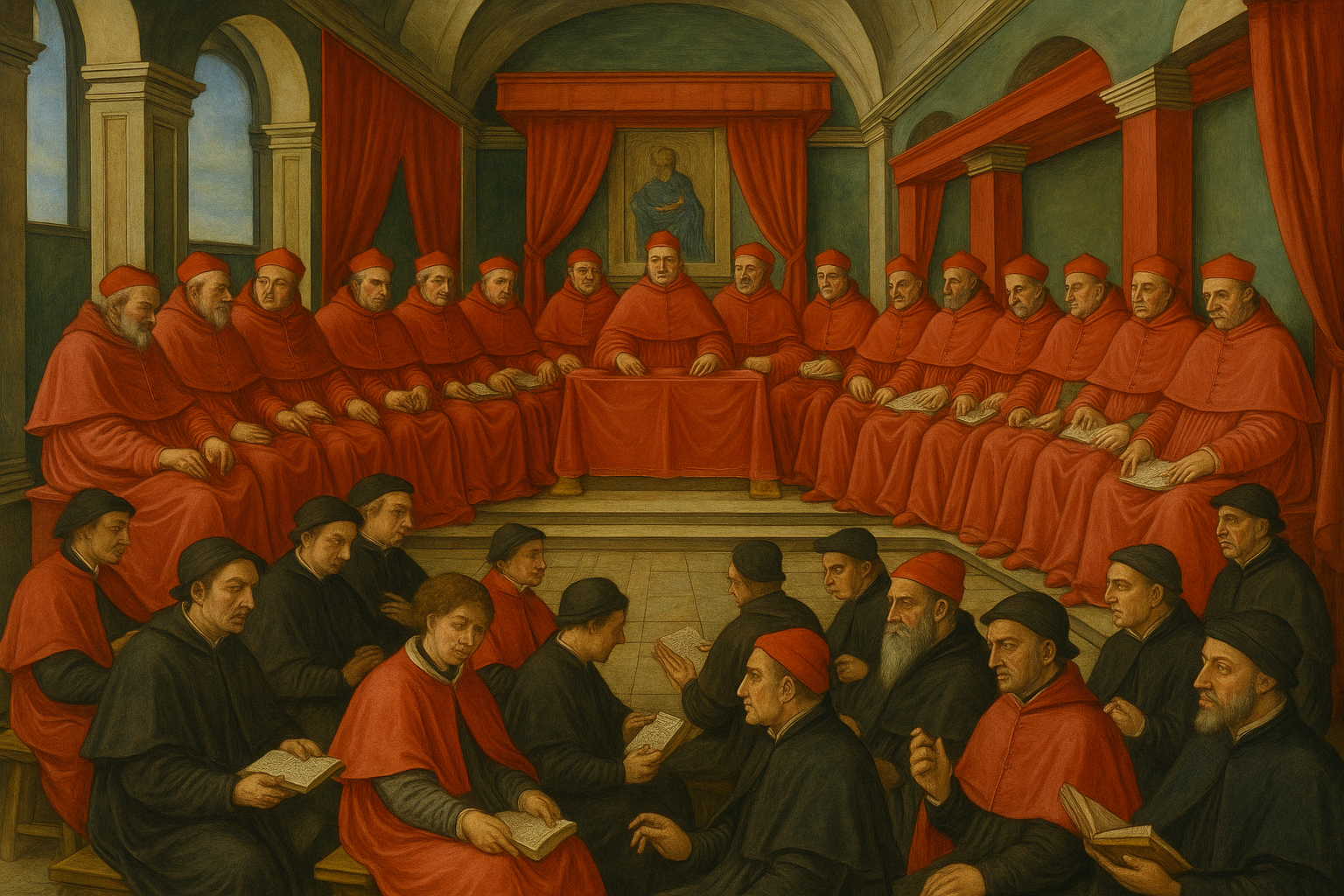
Nevertheless, the spiritual dimension of the conclave was never completely obscured. Every election represented - and still represents - a divine call, even when it took place among worldly pressures.
Each conclave begins with the invocation of the Holy Spirit through the singing of the Veni Creator Spiritus. This prayer, dating back to the 9th century, asks for divine light and counsel for those who must make such a delicate choice. The gesture emphasizes that papal election is not just a human decision, but a deeply spiritual event in which the Church relies on the guidance of the Spirit to find Peter's successor.
Since 1492, the Sistine Chapel has been the designated place for the holding of the conclave. This environment, decorated with Michelangelo's famous frescoes, provides a solemn and spiritual setting for the election of the Pope. The choice of this place emphasizes the sacredness and importance of the moment for the Catholic Church.
An emblematic example was the conclave of 1492, which led to the election of Rodrigo Borgia as Pope Alexander VI. His pontificate was marked by nepotism, pomp and scandal, but also by refined political skill. This type of papacy reinforced the need for election reform, which in fact was the subject of intense debate in the following decades.
As the centuries passed, the Church reacted to these drifts on several occasions:
- The Council of Trent (1545-1563) stressed the need for greater morality in the clergy and in the election of the pontiff
- Pope Gregory XV introduced in 1621 the method of secret ballot, still the basis of cardinal voting today.
From the 19th century onward, with the loss of temporal power and the end of the Papal States (1870), the conclave began to spiritualize again, gradually freeing itself from the influences of the Catholic monarchies and moving closer and closer to its present form.
Over time, the College of Cardinals has seen increasing geographical diversification. While in the past the majority of cardinals were Italian, today the college reflects the universal dimension of the Church, with cardinals coming from all over the world. For example, in the 2025 conclave, out of 135 cardinal electors, 53 are from Europe, representing 39% of the total .
Modern Conclaves: Transition, Globalization and Transparency
The twentieth century marked a radical transformation in the way conclaves are experienced and perceived. Three moments are an expression of this:
1903
The Last Veto
During this election, the Emperor of Austria tried to exercise the so-called “right of veto” against Cardinal Rampolla. This was the last time a secular authority attempted to formally intervene. Pope Pius X, once elected, permanently abolished this practice, re-establishing the absolute autonomy of the College of Cardinals.
1978
The Year of Two Conclaves
This is the only year in the 20th century in which two conclaves were held. After the death of Paul VI, John Paul I was elected, but he died after only 33 days of pontificate. The subsequent conclave elected Karol Wojtyła, the first non-Italian pope in 455 years, marking the beginning of a new international and media phase for the Church.
2013
Two Popes in Rome
After the resignation of Benedict XVI - an unprecedented event in the modern Church - Pope Francis was elected, the first Jesuit and first South American to ascend to the papal throne. An unmistakable sign of the globalization of Catholicism and the pope's new geopolitical role.
In the 21st century, despite hyperconnectedness and media pressure, the conclave retains its solemnity. Cardinals are subjected to electronic controls, a shielding device is activated to prevent eavesdropping, and absolute silence prevails during the vote. However, this technical rigor is accompanied by a strong symbolic dimension: the Sistine Chapel remains a place of silence, memory and prayer. Here, tradition and technology coexist in the service of a discernment that involves faith, listening and global responsibility.
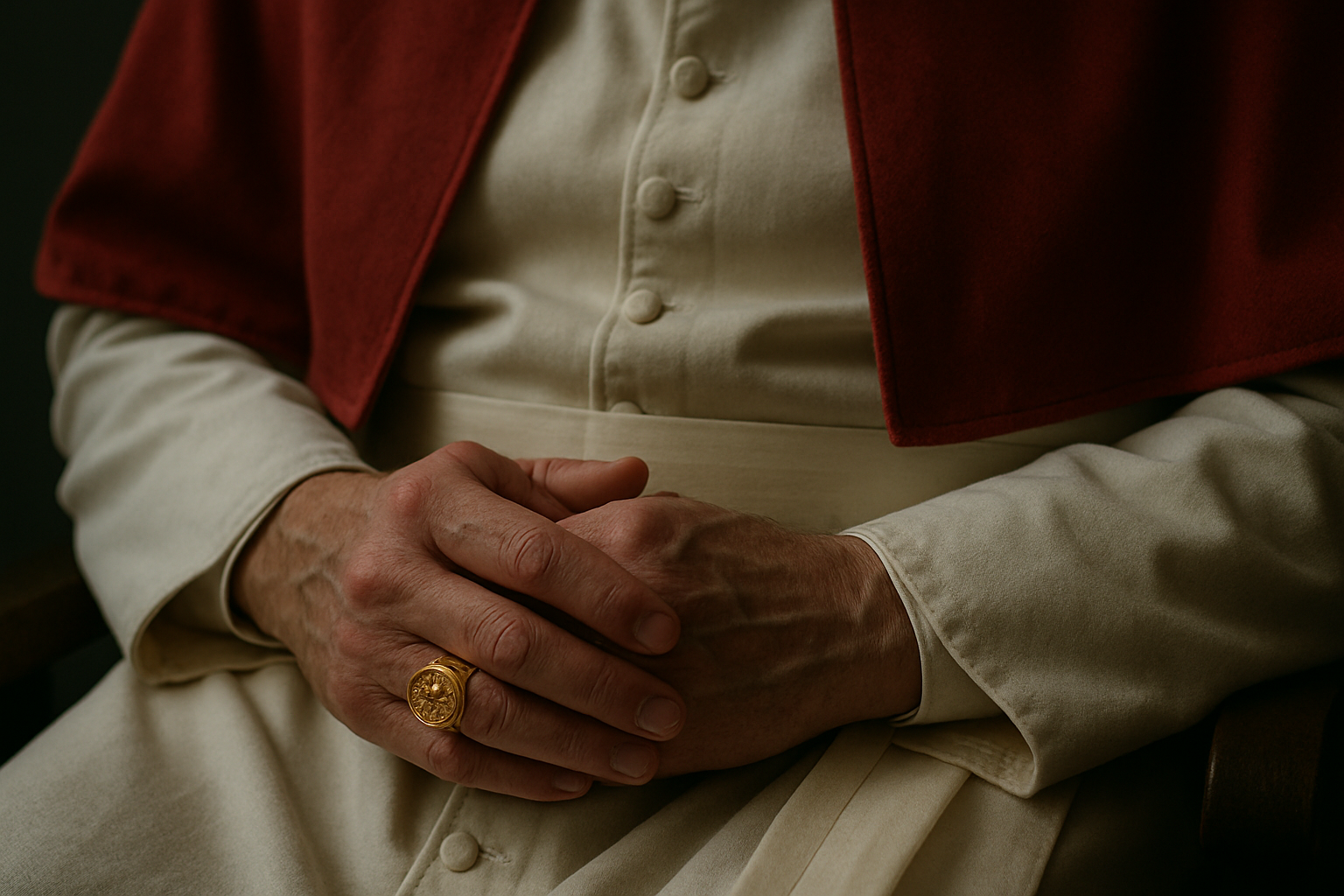
The history of conclave is the story of a constant tension: between power and faith, between worldly influences and spiritual discernment, between change and permanence. Born out of necessity, in response to an institutional crisis, this practice has spanned centuries of wars, reforms, revolutions and globalization, remaining one of the last collective rituals capable of capturing the imagination of the entire world.
Yet there is still a profound intention behind the liturgy today: to ensure that the Church has leadership that is an expression not only of balance and preparation, but above all of communion and service.

